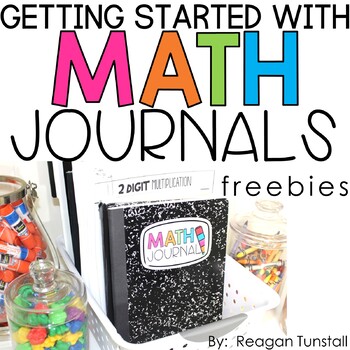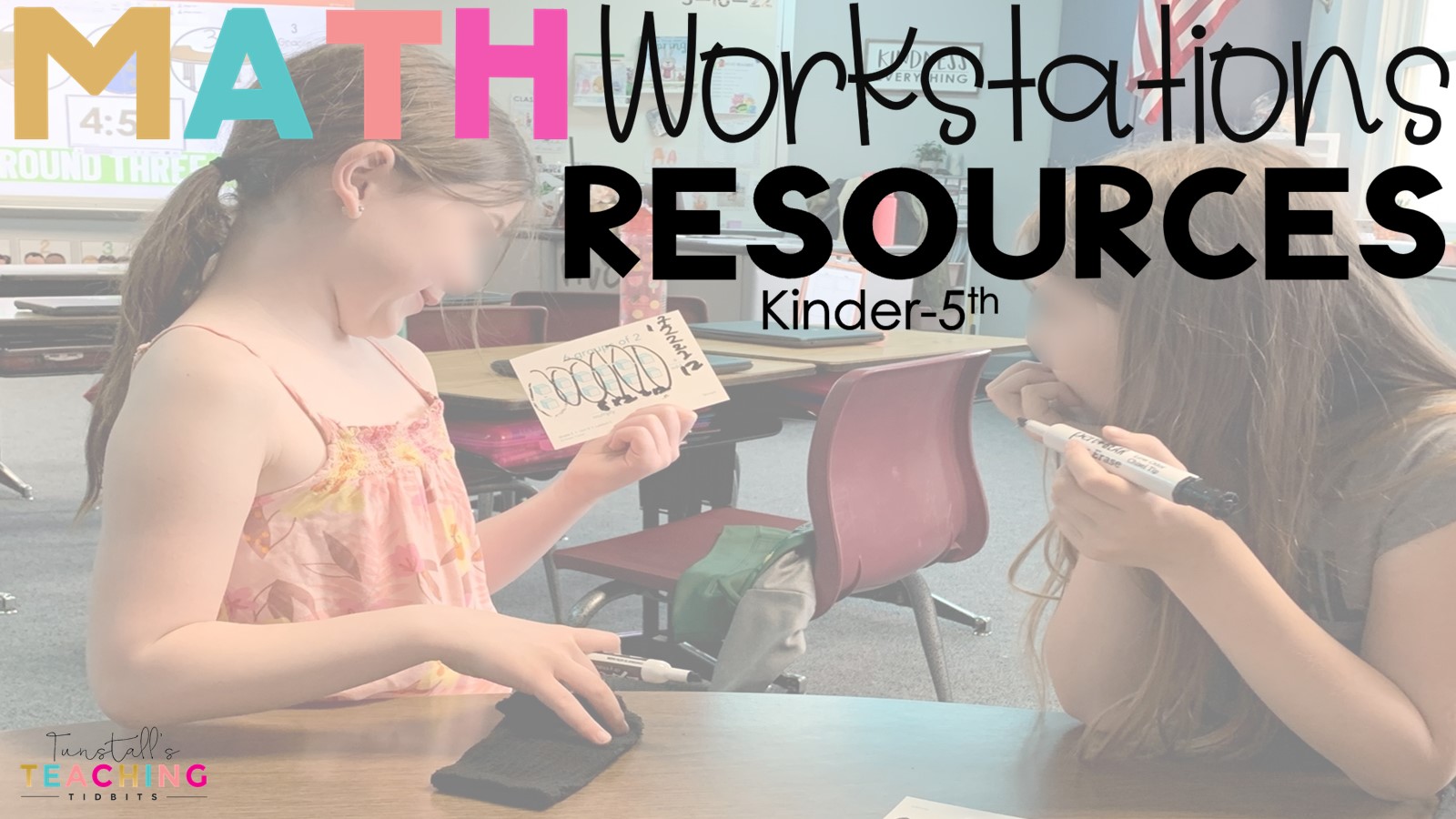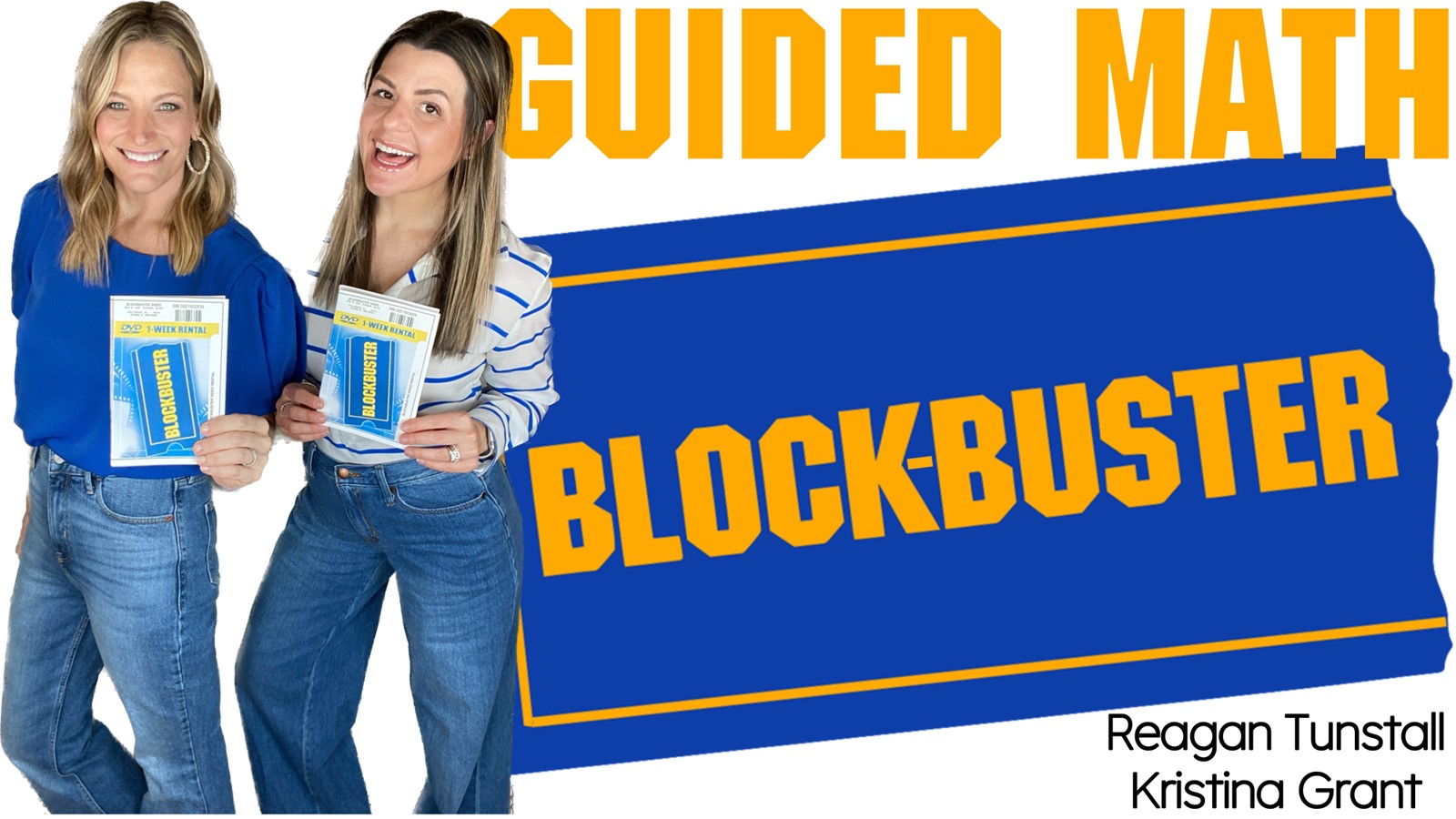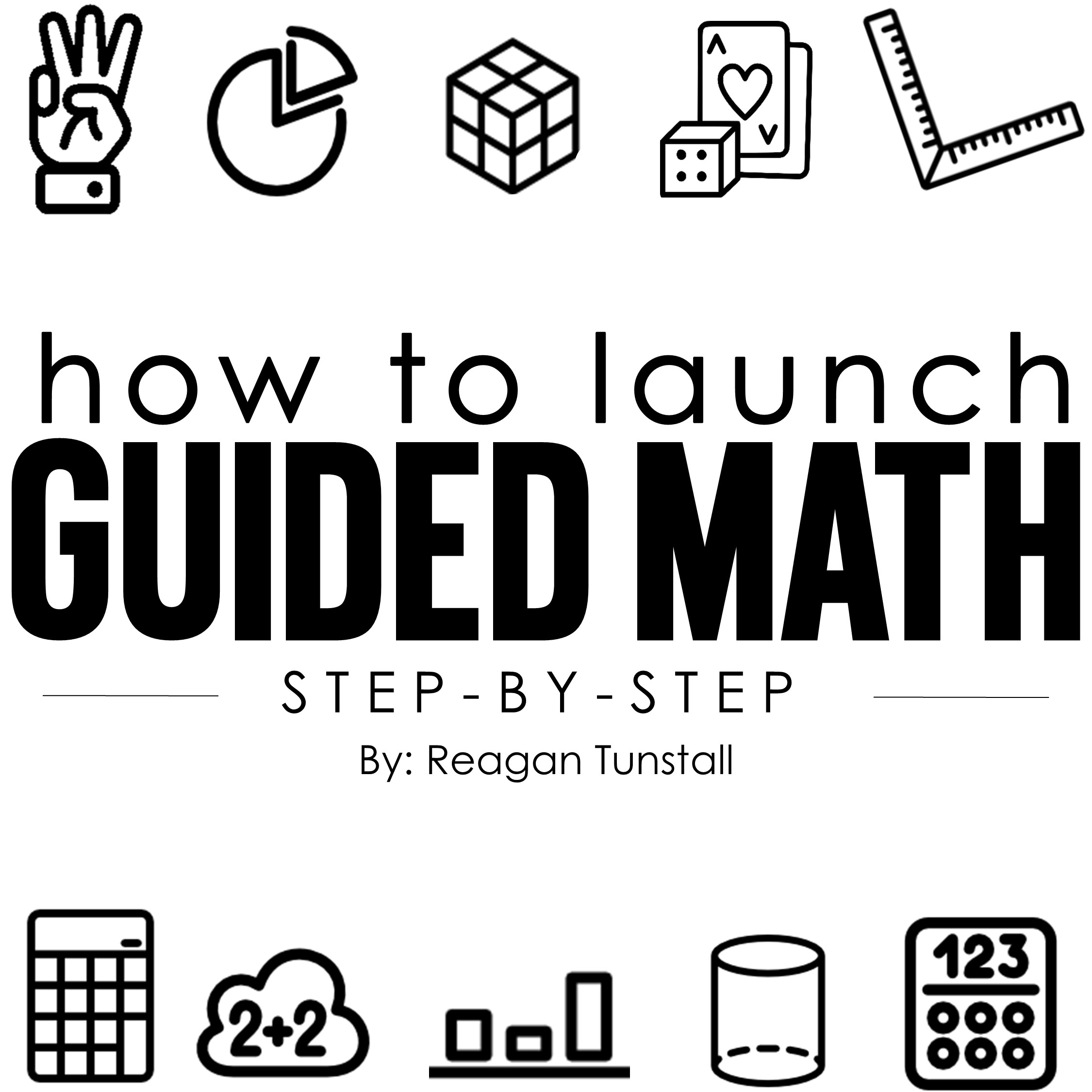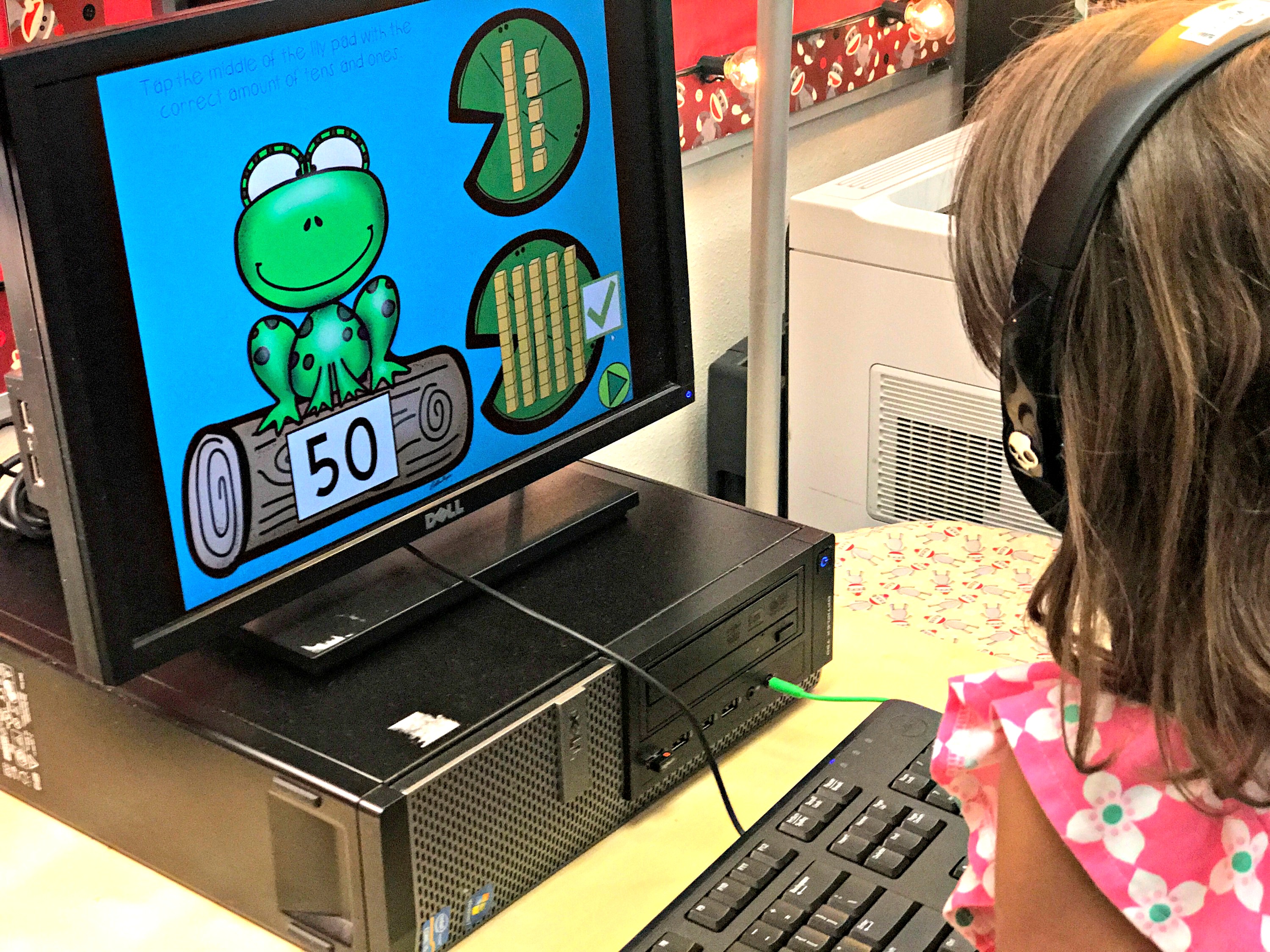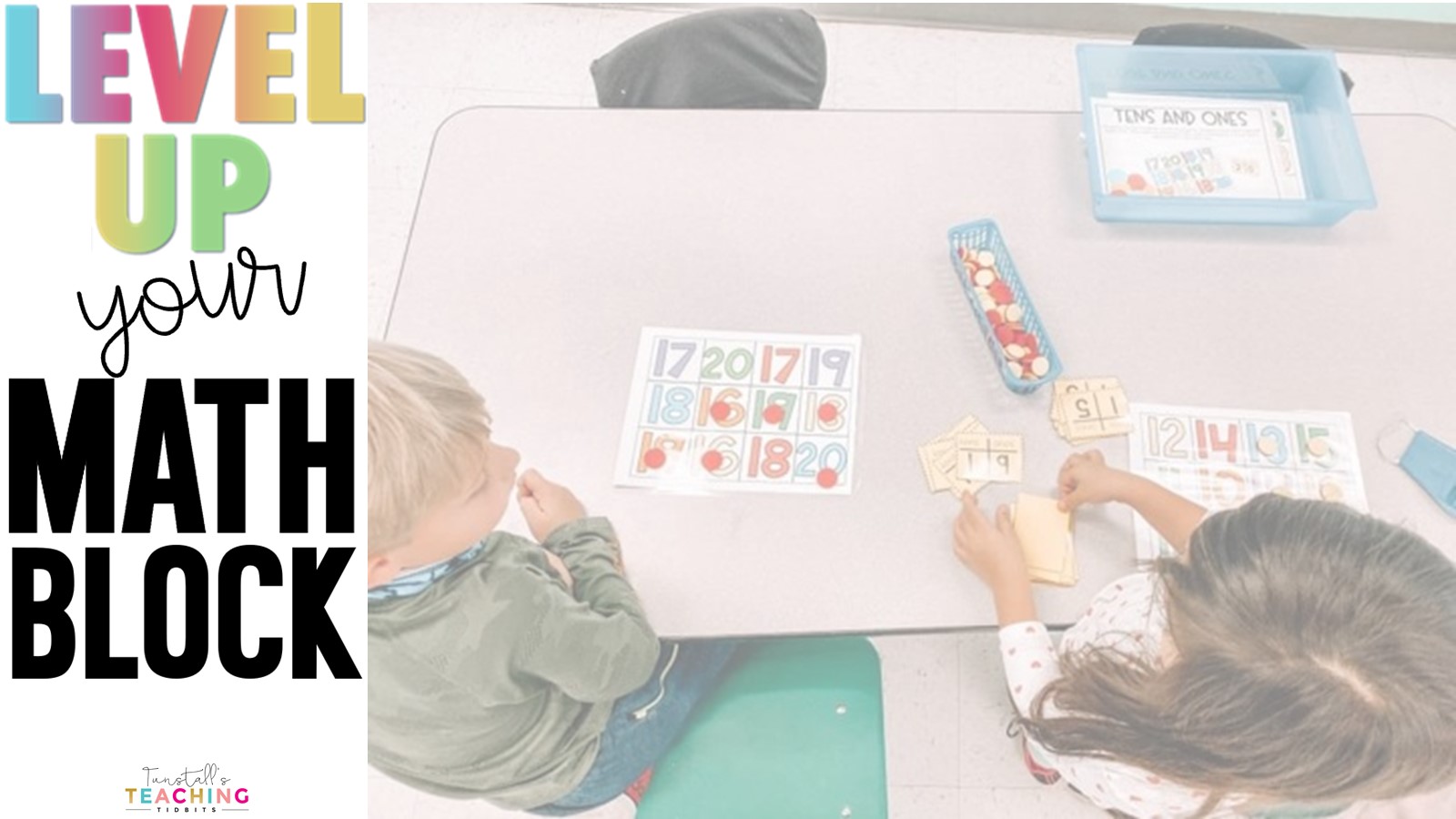Getting Started with Math Journals
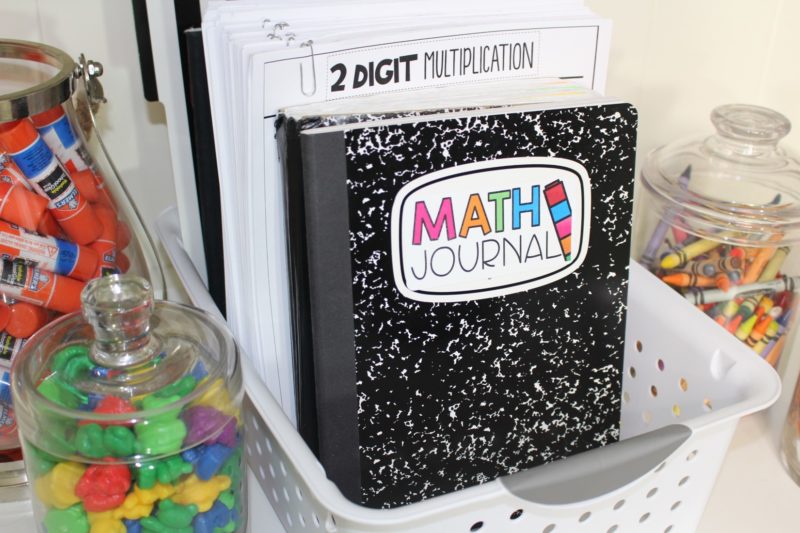
Lead by Example

- A resource besides yourself for students to go to for clarification
- Immediate layout examples to share with students for any given assignment
- Support for students with spacial awareness challenges
- Support for students with difficulty remembering multi-step tasks
- A record of teaching ideas and lessons
- An example of outcome expectations for student work
- No wasted time during your lesson trying to cut or explain a procedure.

Before We Are Independent
As we all know, young learners don’t have enough time to practice cutting since the standards have become more difficult. This is the perfect way to work on the fine motor development students need while getting in the content required. Before we are independent, we take time to discuss the expectations for cutting and do explicit cutting lessons too! The bigger deal we make of having a math journal, the more students will want to do it. If we hold the cutting, folding, and gluing standards high from day one, students will rise to the expectation.
Getting started with math journals looks different in grades K-1 than it does in grades 2-5. For this reason, this free download includes tiered getting started practice pages just for you! Find what works for your learner, and hit the road running, ready to jump into journaling!
Linked Grade Level Journal Bundles
If you do not need any explanation or support with implementing math journals and you’d like to get straight to the point, here are the grade-level journal links.
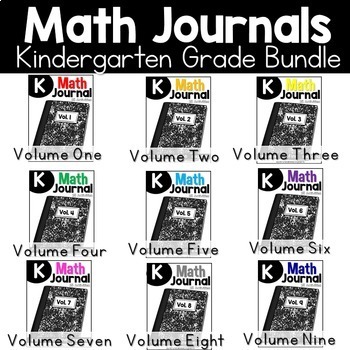
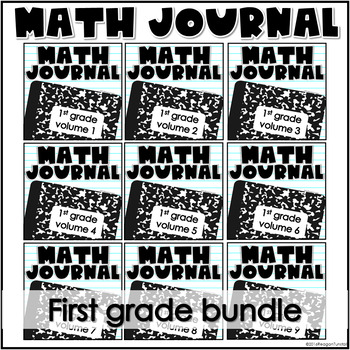
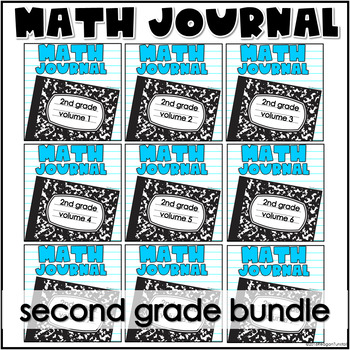
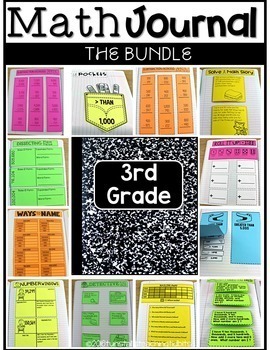
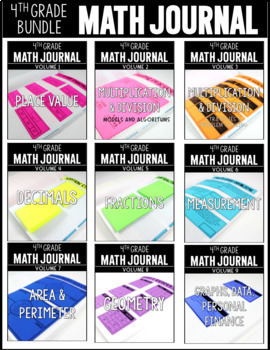
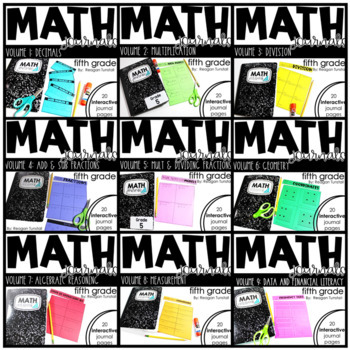
Cutting, Folding, and Gluing Practice
When you begin the journal process with your new young learners, it is important to explicitly teach every component about making a math journal. Leave nothing left to question. Download these free cutting and folding practice pages. Talk about holding scissors, moving scissors, how to turn the paper when cutting. Remember to teach dotted lines vs. solid lines, cut vs. fold. Always be sure to make extra copies and deliberately model messing up! Model how to start over without getting upset, and model how gluing might fix the problem once it goes into the journal. Not every mess up needs to be redone. Some will work out just fine once things get put onto the journal page.

Folding can be taught. It’s something that young learners struggle to master, but some are prone to it while others will need practice all year. Giving students tips such as pinching the dotted line, lining up sides, matching corners, creasing after- not before, can help give them a little edge in their folding skills. Again always model correctly and incorrectly. Talk about why it matters (or even why it doesn’t matter if students are getting too hung up on perfect lines). When your students have shown a solid understanding, you are ready to let students try out one component of your lesson without you. For example, you did 3 folds together and they will try the 4th fold without you. Then just as they are gluing it down, you will discuss and assess all the steps it took for students to do that one component successfully.
How Do You Glue?
Just as there are different layout preferences and styles, there are also glue preferences too! Find what works for your students and teach it. Although we go through them like water in a desert, I prefer glue sticks. Many of my good teacher friends feel the same, but some love using white glue instead. No matter what you choose there will be students that struggle not to stick pages together. Make accommodations for those that need a drying place in the room or a glue buddy for reteaching this skill.

It’s Time for an Entry
First, talk and model your way through an example journal entry. This is a big moment! For grades 3-5 I actually do the goal-setting lesson on day one! They receive their math journal composition notebook and we incorporate cutting, gluing, and folding into one power-packed lesson with goal setting.

What about Loose Pieces?
Another system I use is to help keep track of student pieces. Depending on your classroom and supply areas you will need to make this work for you. I used to have students keep loose pieces in their toolboxes (pencil boxes) if a lesson was going to span two days time. Also, I told students to place loose pieces on the page and close them into the journal.
I usually require that journals get finished within the allotted time each day to eliminate this issue, but occasionally we work on longer activities or those that have many pieces so having something in place to handle this issue is helpful. *So are extra copies of each activity*
In my classroom, math journal is one component of guided math. Once students have shown independence and mastered stamina in working in their journals, they are ready to be independent within our guided math block. While I am teaching a small group lesson, one of the activities that students rotate through is math journal.

Personally, I use my journal as a record of daily learning. All our tasks whether independent or done during a lesson together will go in the journal. I use every page front and back. I do have certain things I want students to notice and practice such as spacing, titles, dates, and how they write the information inside. This all comes as you teach that first round of activities.
Above all the little journal tricks, your students will find a BIG sense of PRIDE in their math journals. All their thinking is bursting out in fun activities that they can look through and also share with others.

Organization

A part of the getting started with math journals freebie, I provide tabs and divider pages designed to be glued into the journal and used as dividers. The journals can be divided into math strands, standards, or concepts. It could also be used to segment the different grading periods. You can type inside in the text box to label the tabs or leave them blank. The main part of the page can be used to put pertinent information, formulas, reference notes, or anything. For younger learners, a picture about that math concept can be drawn to elicit personal connection to the math ideas.
Clean-Up Caddy

Keep a clean classroom with the clean-up caddy! Place a container in the middle of each table for students to place scraps and trash into throughout the day! At the end of the day, the scraps go into the recycle box! It keeps students working rather than walking to the trash can throughout the day! You can get the Clean-up Caddy label in the freebie!
The math journal component begins in the whole group, but once students are trained on the expectations, this can be a station in your math workshop! Read THIS POST on how I incorporate this into my guided math block!
More Resources for Math Workstations
When it comes to math workstations, there are quite a few options out there. Over my 25 years in education, the trends have come in waves, bringing ideas for student engagement and effective math application. Sifting through all of the trends to find the best practices is one of my favorite reflections. Ultimately, the goal for math workstations is student application of skills in many formats– a well-rounded math experience. This post shares resources for math workstations K-5.

 Contact Us
Contact Us



